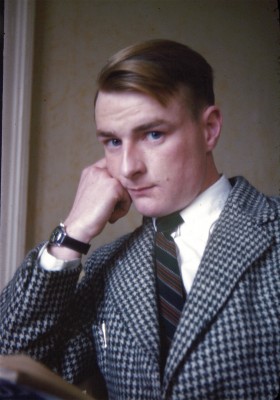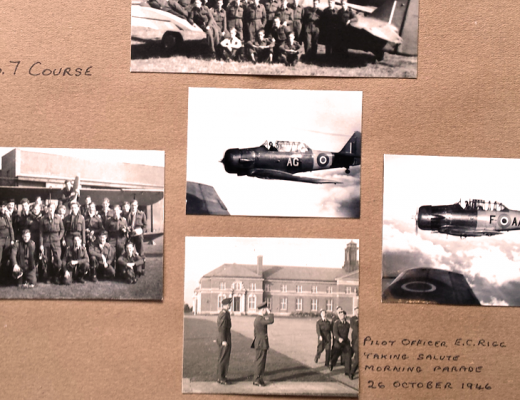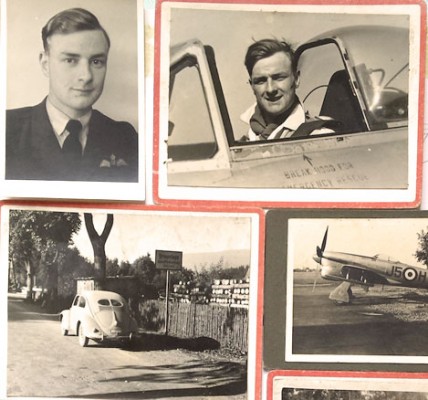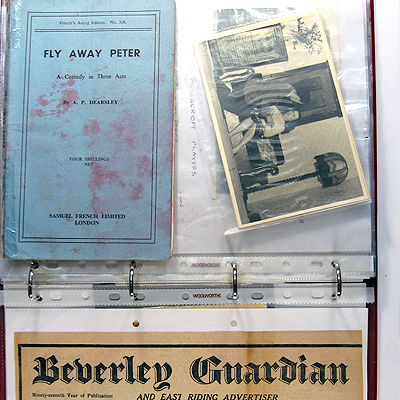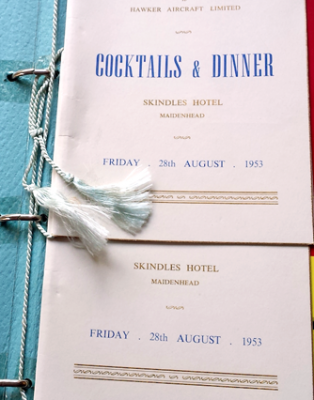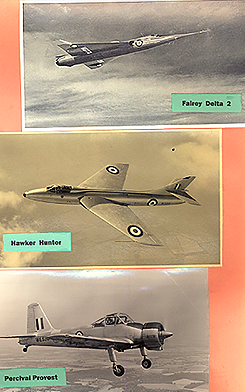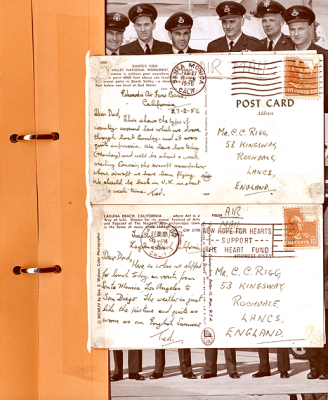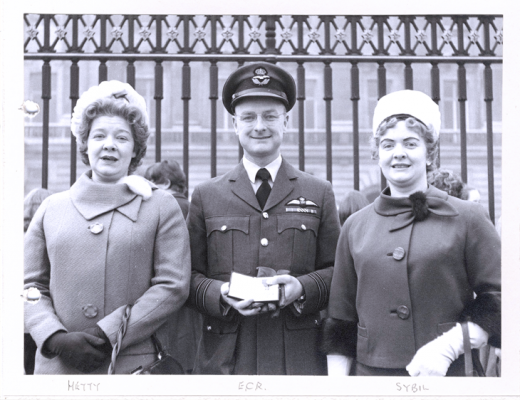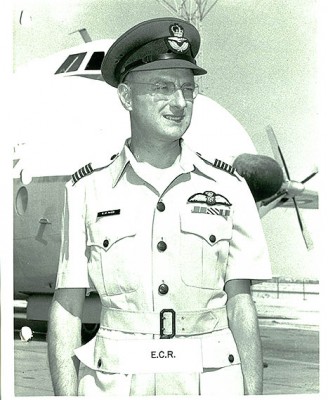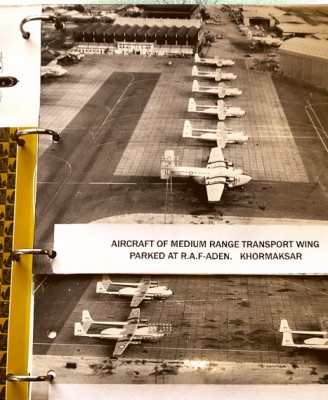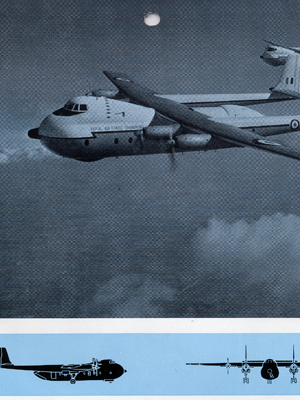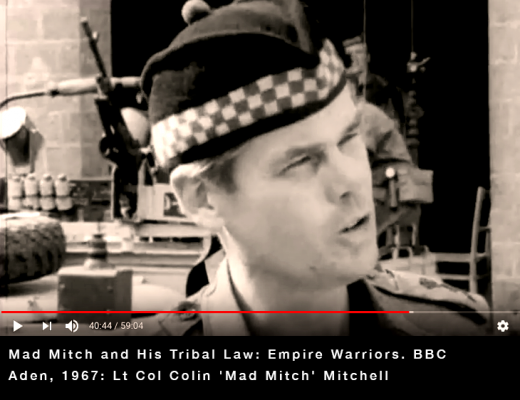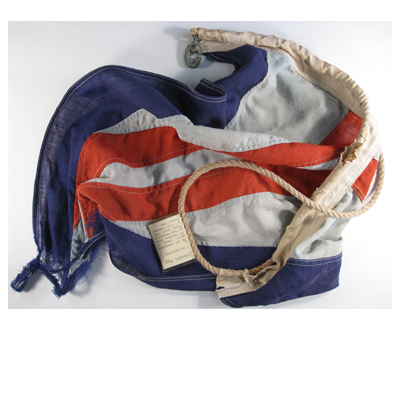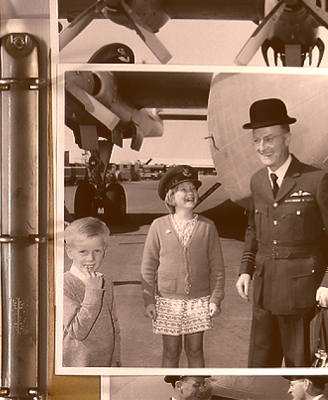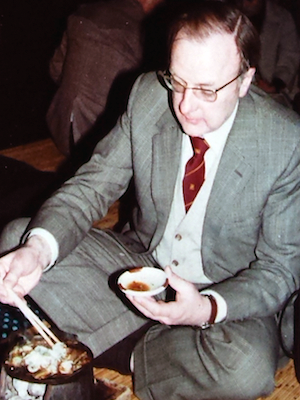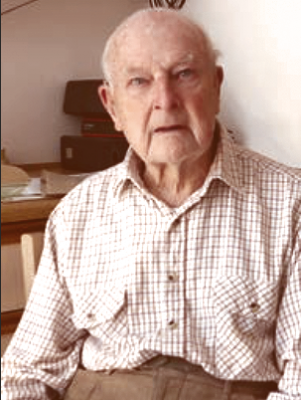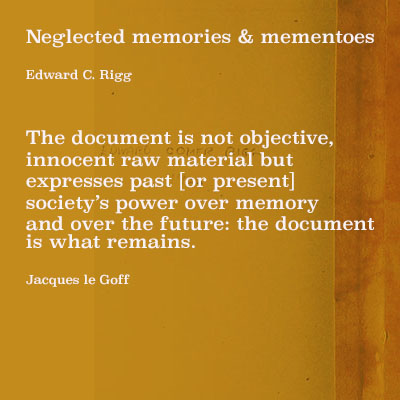
Timeline
The timeline was designed and developed from the physical archive of Edward C. Rigg. The archive highlights Edward’s time in the RAF just after the Second World War and documents his professional life as a RAF pilot, jet test pilot and military transport pilot during the 1950s and 1960s before becoming a financial advisor in the 1970s. The physical archive is the largest of Edward’s archives and can be seen as the embodiment of Edward and his ordinary yet extraordinary life. When I first viewed the files, they reminded me of how the artist Joseph Cornell would first construct his preparatory files before creating one of his box compositions. The files hold the thread of narrative, hidden in photographs, official correspondences, postcards, etc. The folders are logically designed and ordered and have a scrapbook look and feel. After several months of conversations with Edward, in conjunction with his files, it became apparent they are an important link to his past and facilitate immediate access to memories of his personal and professional life over several decades. The timeline explores personal and social narratives, whilst investigating both micronarratives and metanarratives contained within but also outside the archive. The resulting timeline highlights Edward’s personal autobiography and life story during a momentous period in recent history, seeing the end of WWII, the demise of empire, migration from the colonies to Britain, the Cold War and the rise of nuclear proliferation.
Edwards Airforce Base, California 27-2-56. Folder 12.
The transcription of the physical and largest archive has presented many design challenges. Authoethnography has been key in drawing out stories from the archive. This has included repetitive conversations with myself and with Edward to explore narratives that may not be visible in the archive and need to be brought alive through a translation process. These memories are stored not only in the interviews I have undertaken, but also through the design work I have generated from the research process. The outcomes address both verbal and visual storytelling contained within these archival items, and show how they have been transcribed in and through the graphic design process. The work produced highlights the legacy of Empire and the personal stories contained within archives, whilst also exploring the intergenerational experiences of the time period.
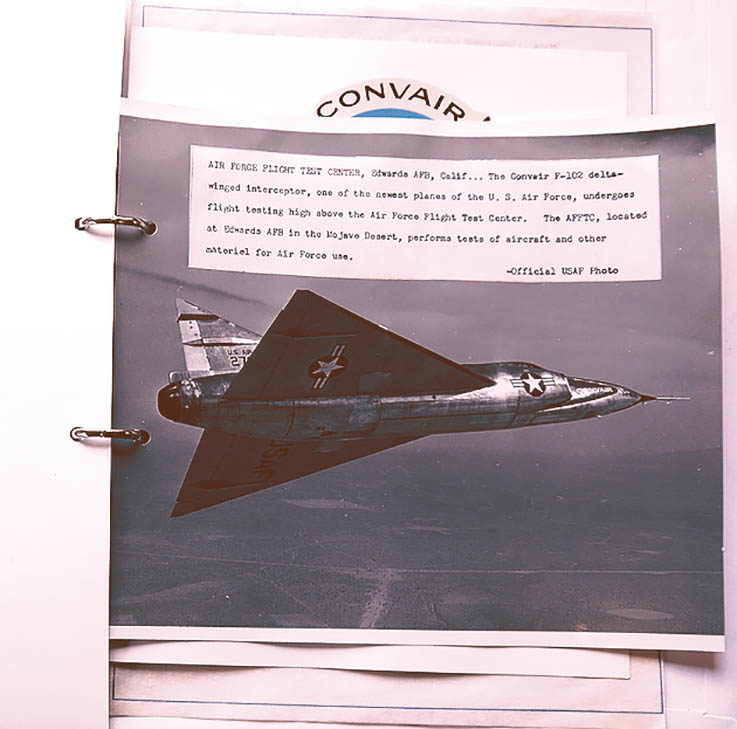
Edwards Airforce Base, Delta testing. Folder 12.
The graphic design process helps me to connect stories from out of the archive to wider cultural audience through curated content in both traditional and online digital formats. In this respect, autoethnography has been a key framework for bringing together different ways of storying the self – the self of the custodian and author of the archive (Edward C. Rigg), the self of the researcher as graphic designer and the selves of those audiences who engage with the creative outcomes as part of a wider cultural experience. This triangulation has resulted in the design and development of an interactive timeline, which not only represents Edward’s timeline but also encourages, in collaboration with participants, to map their own experiences and backgrounds to the timeline. Cohen and Manion define triangulation as an “attempt to map out, or explain more fully, the richness and complexity of human behavior by studying it from more than one standpoint” (Cohen, Manion 1986: 254). This is a way of opening these narratives out to the storying of other selves, and highlighting the intertwining storying of personal experience inside the wider historical contexts of archival content. The timeline has several themes: the main time line reflects Edward’s career in the Royal Air Force and Empire Test Pilots School, which runs in parallel with a cause and effect timeline that influences Edward’s choices in life and postings around the globe. A further timeline explores how historical events influence contemporary social, economic and political issues.
